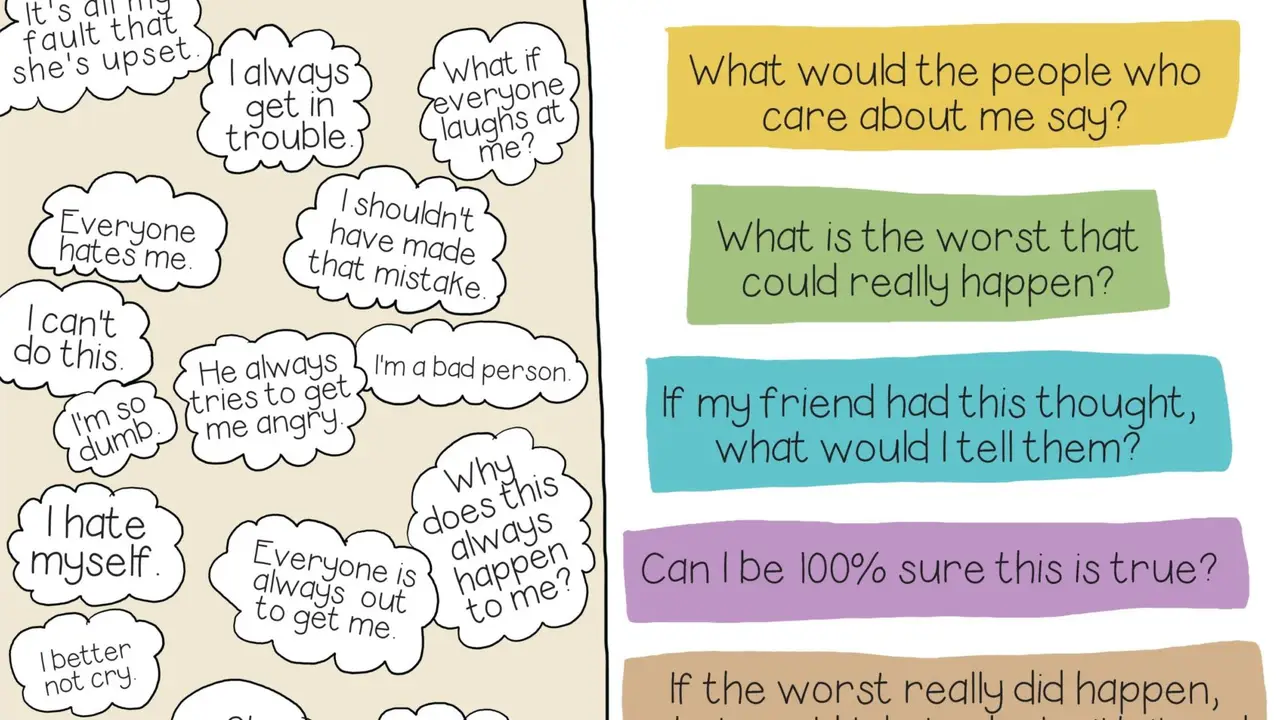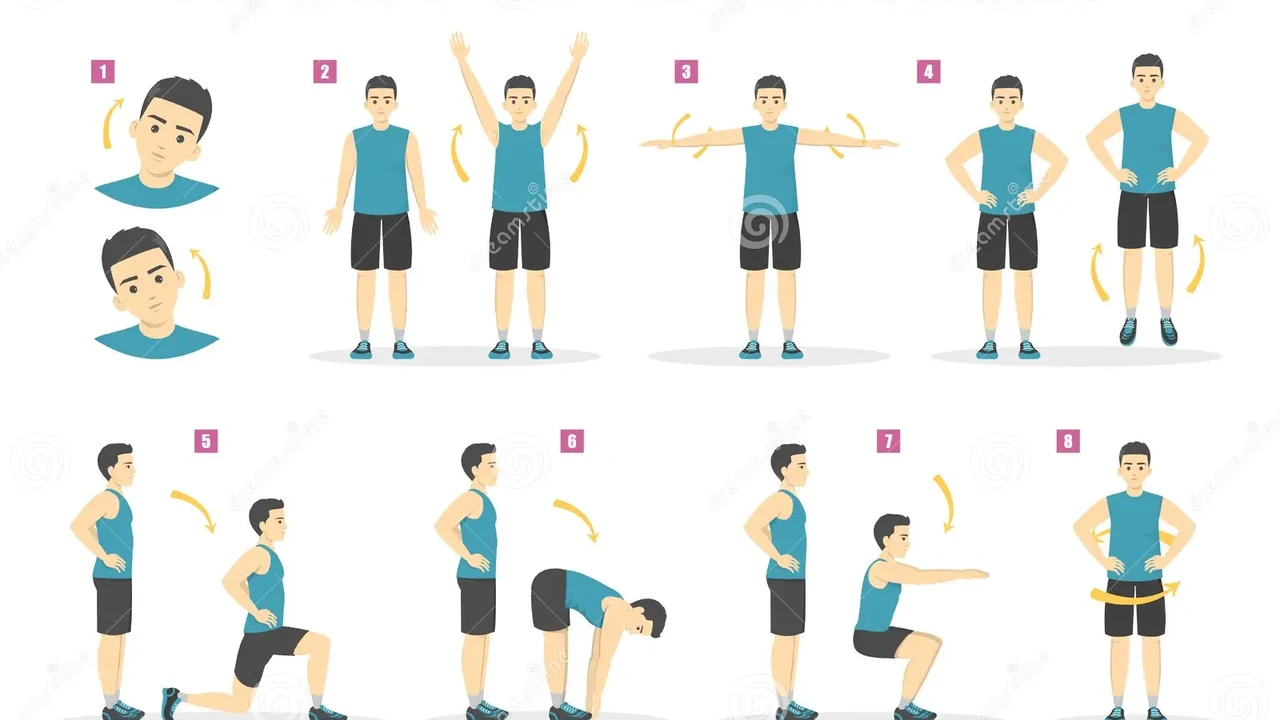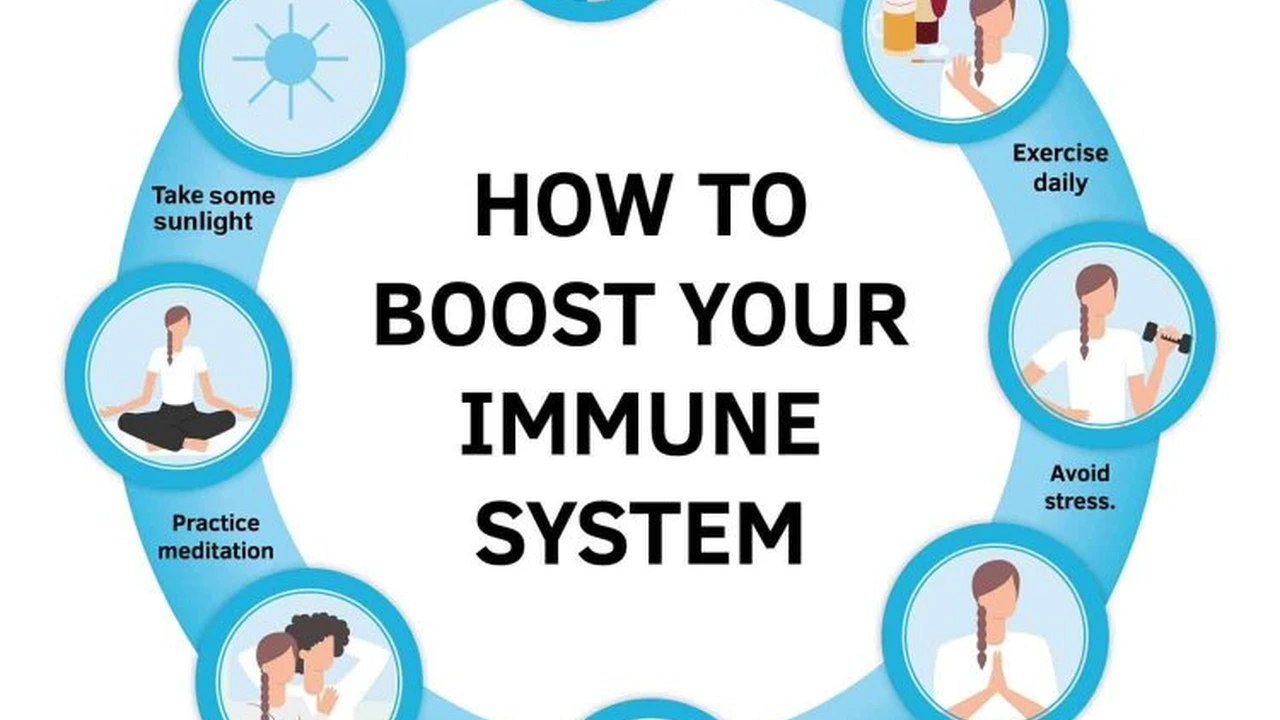How to Deal with Negative Thoughts: Challenge Your Thinking
Sample meta description.

Understanding Negative Thoughts: A Deep Dive into Cognitive Distortions
Hey everyone! Ever feel like your brain is a broken record, stuck on a loop of negativity? You're not alone. Negative thoughts are a super common part of the human experience. But when they start to take over, it's time to learn how to wrestle them into submission. The first step? Understanding what they are and where they come from.
Think of negative thoughts as little gremlins whispering not-so-nice things in your ear. They can range from mild annoyances ("I'm going to fail this presentation") to full-blown doomsday prophecies ("Everything is going to fall apart"). But here's the kicker: often, these thoughts aren't based on reality. They're based on cognitive distortions – sneaky little patterns of thinking that twist things out of proportion.
Some common cognitive distortions include:
- All-or-Nothing Thinking: Seeing things in black and white. "If I don't get a perfect score, I'm a complete failure."
- Overgeneralization: Drawing sweeping conclusions from a single event. "I didn't get the job; I'm never going to find a good job."
- Mental Filter: Focusing only on the negative aspects of a situation. "The presentation went well, but I stumbled over one word, so it was a disaster."
- Discounting the Positive: Ignoring or minimizing positive experiences. "I got a compliment on my work, but they were just being nice."
- Jumping to Conclusions: Assuming the worst without evidence. "My friend hasn't texted me back; they must be mad at me."
- Magnification (Catastrophizing) and Minimization: Exaggerating the negative and downplaying the positive. "This small mistake is going to ruin everything!"
- Emotional Reasoning: Believing that your feelings are facts. "I feel anxious, so something bad must be about to happen."
- "Should" Statements: Holding yourself to unrealistic standards. "I should be more productive."
- Labeling: Assigning negative labels to yourself or others. "I'm a loser."
- Personalization: Taking responsibility for things that are not your fault. "The team lost because of me."
Recognizing these distortions is like shining a light on the gremlins. Once you see them for what they are – distortions, not facts – you can start to challenge them.
Challenging Negative Thinking Patterns: Techniques for Cognitive Restructuring
Okay, so you've identified those pesky negative thoughts. Now it's time to fight back! Cognitive restructuring is a fancy term for learning to reframe your thoughts in a more balanced and realistic way. Here are some techniques to try:
- Thought Journaling: Write down your negative thoughts. This helps you become more aware of them and identify patterns. For each thought, ask yourself: What's the evidence for this thought? What's the evidence against it? What's a more balanced way to look at the situation?
- The Socratic Method: Ask yourself questions to challenge your assumptions. Is this thought based on fact or feeling? Is there another way to interpret the situation? What would I tell a friend who was having this thought?
- Cognitive Behavioral Therapy (CBT) Techniques: CBT is a type of therapy that focuses on changing negative thought patterns and behaviors. Techniques like thought records, behavioral experiments, and exposure therapy can be incredibly helpful.
- Mindfulness Meditation: Practicing mindfulness can help you become more aware of your thoughts without judgment. This allows you to observe negative thoughts without getting caught up in them. There are tons of great apps like Headspace and Calm that can guide you through mindfulness exercises.
- Positive Affirmations: Counteract negative self-talk with positive affirmations. These are short, positive statements that you repeat to yourself. For example, instead of thinking "I'm not good enough," you could say "I am capable and worthy."
The key is to be patient and persistent. It takes time and practice to change deeply ingrained thought patterns. Don't get discouraged if you slip up. Just keep practicing, and you'll start to notice a difference.
Practical Strategies for Managing Negative Thoughts in Daily Life: Building Resilience
Let's get real: life throws curveballs. And sometimes, negative thoughts are unavoidable. The goal isn't to eliminate them completely, but to learn how to manage them effectively so they don't derail your day. Here are some practical strategies:
- Identify Your Triggers: What situations, people, or events tend to trigger negative thoughts? Once you know your triggers, you can prepare yourself and develop coping strategies.
- Create a Self-Care Routine: Taking care of your physical and emotional well-being is crucial for managing negative thoughts. Make time for activities that you enjoy, such as exercise, spending time in nature, listening to music, or connecting with loved ones.
- Practice Gratitude: Focusing on the positive aspects of your life can help shift your perspective and reduce negative thinking. Keep a gratitude journal and write down things you're grateful for each day.
- Set Realistic Goals: Unrealistic expectations can lead to disappointment and negative self-talk. Set achievable goals and celebrate your successes along the way.
- Limit Exposure to Negative Influences: Be mindful of the news you consume, the social media accounts you follow, and the people you spend time with. Surround yourself with positivity and support.
- Seek Support: Talking to a therapist, counselor, or trusted friend can provide valuable support and guidance. Don't be afraid to reach out for help when you need it.
Remember, managing negative thoughts is an ongoing process. Be kind to yourself, and celebrate your progress along the way.
Product Recommendations for Mental Wellness: Tools and Resources for Challenging Negative Thinking
Okay, let's talk tools! There are tons of products and resources out there that can help you on your mental wellness journey. Here are a few of my favorites, along with their uses, comparisons, and price points:
Apps for Mindfulness and Meditation
These apps are great for incorporating mindfulness into your daily routine and learning to manage stress and anxiety.
- Headspace: (Subscription required, starting at $12.99/month) Great for beginners, with guided meditations on a variety of topics. Use it to start your day with a clear mind, de-stress after work, or fall asleep more easily.
- Calm: (Subscription required, starting at $14.99/month) Offers a wider range of content, including sleep stories, music, and nature sounds. Use it to create a relaxing bedtime routine or find soothing sounds to help you focus during the day.
- Insight Timer: (Free with optional premium subscription) A vast library of free meditations from teachers around the world. Use it to explore different meditation styles and find teachers that resonate with you.
Comparison: Headspace is more structured and beginner-friendly, while Calm offers more variety and relaxation content. Insight Timer is a great option if you're looking for free resources. Consider your budget and preferences when choosing an app.
Journals for Thought Tracking and Self-Reflection
Journaling can be a powerful tool for identifying and challenging negative thoughts.
- The Five Minute Journal: (Around $25) A simple and effective journal with daily prompts for gratitude and self-reflection. Use it to start and end your day with a positive mindset.
- Cognitive Behavioral Therapy Made Simple: A Step-by-Step Guide to Retrain Your Brain: (Around $15) This book provides a structured approach to CBT techniques and includes exercises for challenging negative thoughts. Use it to learn more about CBT and apply it to your own life.
- Moleskine Classic Notebook: (Around $20) A versatile notebook for free-form journaling. Use it to write down your thoughts, feelings, and experiences, and to track your progress in challenging negative thinking.
Comparison: The Five Minute Journal is great for quick and easy journaling, while CBT books offer a more in-depth approach. Moleskine Notebooks are more versatile for free-form writing.
Supplements for Mood Support
Some supplements may help support mood and reduce anxiety, but it's important to talk to your doctor before taking any new supplements.
- L-Theanine: (Around $15-20) An amino acid that can promote relaxation without drowsiness. Use it to calm your nerves before a stressful event or to improve sleep quality.
- Magnesium: (Around $10-15) An essential mineral that plays a role in mood regulation and stress response. Use it to reduce anxiety and improve sleep.
- Vitamin D: (Around $5-10) A vitamin that is important for mood and overall health. Use it to combat seasonal affective disorder (SAD) or to improve your overall mood.
Comparison: L-Theanine is known for its calming effects, Magnesium helps regulate stress, and Vitamin D supports overall mood. Consult with a healthcare professional before starting any new supplement regimen.
Seeking Professional Help: When to Consult a Therapist or Counselor for Persistent Negative Thoughts
Sometimes, despite our best efforts, negative thoughts can persist and significantly impact our lives. If you're struggling to manage negative thoughts on your own, it's important to seek professional help. A therapist or counselor can provide you with support, guidance, and evidence-based treatments like CBT to help you overcome negative thinking patterns.
Here are some signs that it might be time to consult a therapist:
- Negative thoughts are interfering with your daily life, such as your work, relationships, or sleep.
- You're experiencing symptoms of anxiety or depression.
- You're having suicidal thoughts.
- You've tried to manage negative thoughts on your own, but haven't been successful.
- You feel overwhelmed or hopeless.
Finding a therapist can feel daunting, but there are many resources available to help. You can ask your doctor for a referral, search online directories like Psychology Today, or contact your insurance company for a list of in-network providers.
Remember, seeking help is a sign of strength, not weakness. A therapist can provide you with the tools and support you need to live a happier, healthier life.
:max_bytes(150000):strip_icc()/277019-baked-pork-chops-with-cream-of-mushroom-soup-DDMFS-beauty-4x3-BG-7505-5762b731cf30447d9cbbbbbf387beafa.jpg)






